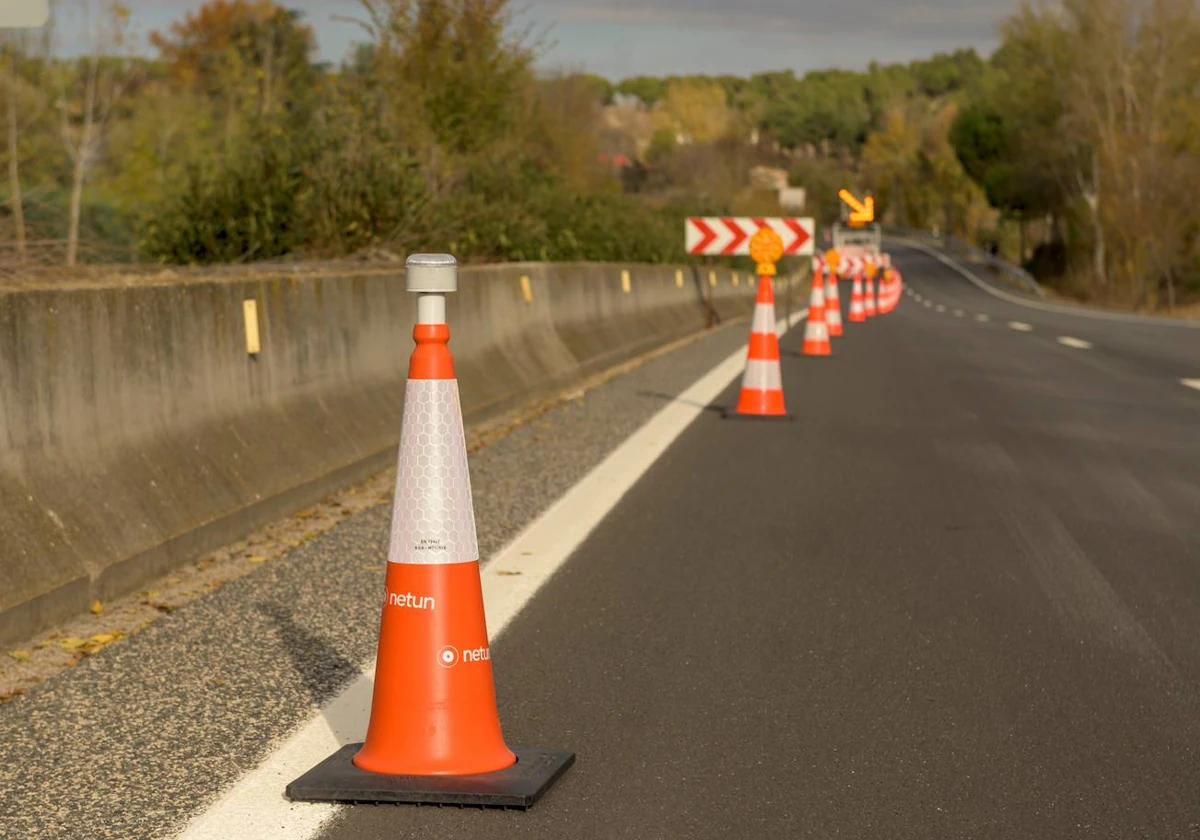Within a year and a half, legislation could be drawn up that allows driving without driver intervention
In recent years, the auto industry has placed a lot of emphasis on achieving a high degree of decarbonisation, with vehicles with ever lower emissions, and a process, that of electrification, that seems unstoppable. But the autonomous and connected vehicle will also be fundamental, with significant advances in the coming years that will take us to a level 5 of autonomous driving where driver intervention will not be necessary.
But for this, in addition to the need for European and national legislation regulating the traffic of autonomous cars, in Spain it is necessary to improve the environment and technologies, as well as the existing connection networks to achieve the promotion of the autonomous and connected vehicle .
Spain achieves a score of 50.5 out of 100, far from leading countries such as the US (67.8 points), Sweden (63.3 points) or Finland (62.5 points), according to data from the first report on autonomous and connected vehicle prepared by the Spanish Association of Car and Truck Manufacturers (ANFAC). The 100-based global indicator is conducted through several sub-indicators measuring the level of cybersecurity, connectivity, technology investment, and road quality and connectivity.
For example, Spain stands out on a global scale for its level of network and road infrastructure, but with a remarkable capacity for improvement, both in terms of investment in new technologies (artificial intelligence, Internet of Things, information technologies) and in the infrastructure itself and the quality of the connectivity networks.
According to the general manager of ANFAC, José López-Tafall, “The new services linked to connectivity and autonomy are a relevant part of the growth of the sector according to our Automotive Plan 2020-2040, but it is very difficult to know if we are doing it correctly. progress if we have no yardstick to measure ourselves by«.
For ANFAC, the goal as a country is to have rules at the level of Germany and France, and “this is a field in which we can compete from the start and not too late.”
In this sense, during the presentation of the study, the DGT’s Deputy Director-General for Mobility and Technology Management, Jorge Ordás, confirmed that they are in the first talks to develop a “serious and realistic standard at level 4 autonomous driving, who hopes to be able to present in a year and a half the regulations that allow the movement of autonomous vehicles in Spain ».
As for the Spanish roads, Ordás emphasized the good situation they offer compared to other countries, and in this sense noted the need to ensure their proper maintenance and signalling. “It would be a mistake to make a huge investment to connect Spain’s roads, as beacons that send information to vehicles every few kilometers are not needed. It is the cars themselves that, through their connectivity, are able to achieve level 5 autonomous driving,” says Ordás.
As the report points out, safety is the top priority for manufacturers when developing and integrating technology related to connectivity into their vehicles.
For this part, ANFAC employees were consulted to determine the importance of the different aspects of connectivity in vehicles, based on their functionality and priority in their development and integration.
level 0
Cars that only have light or sound warning systems (proximity, collision, blind spot, etc.)
Level 1
With cruise control, keeping the car in lane and assists such as emergency braking
Level 2
The vehicle can drive on its own in certain situations, but the driver must be vigilant at all times in case he does not regain control of the car.
Level 3
Ability to continue, resume and stop driving or accelerate and brake fully autonomously, under the supervision of the driver.
Level 4
It gives all the responsibility for driving to the vehicle so that the driver becomes a simple passenger. If there is a failure in the main system, the vehicle has external support to act and continue driving.
level 5
It is the maximum level of autonomy a vehicle can achieve. The user only specifies a destination without performing any other action during the journey. In the event of a failure, the automation system is supported by another system in the car, so that it resolves any unforeseen event itself.
While all types of vehicles consider safety a priority, they are primarily passenger cars and light commercial vehicles, followed by other aspects such as vehicle control, linked to the management of various vehicle functions via external devices, or comfort, related to the integration of connectivity technologies with the environment or in real time that improve the user experience.
For their part, industrial vehicles and buses keep safety as one of their priorities, but both maintenance and diagnosis come first, giving more relevance to those technologies related to the warning of failures or the situation and status of various vehicle components.
Source: La Verdad
I am Ida Scott, a journalist and content author with a passion for uncovering the truth. I have been writing professionally for Today Times Live since 2020 and specialize in political news. My career began when I was just 17; I had already developed a knack for research and an eye for detail which made me stand out from my peers.



